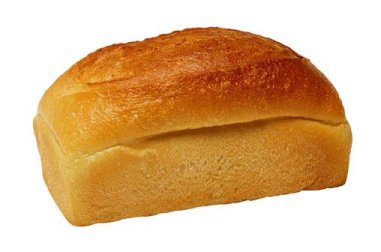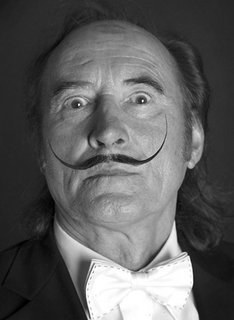User:Bikerbloke
Volleycock, by its name appears to be a fusion sport, where in truth it couldn’t be less so.
The History of the sport.
Originally discovered by William John Bankes in 1816 whilst exploring Egypt, he observed a gang of street children playing a crude version with sticks and a dead rat, since then this unremembered sport has lain at the sidelines of sport waiting to have mainstream acceptance.
Bankes’s companion for his adventure was a man called Louis Maurice-Adollphe Linant de Bellefonds - French draftsman and engineer who took to idea for this game back to France on their return in 1822.
Then called Vaoul Côhèk or later 'Real Volleycock' - the game comprised of hitting a bag of dried peas (or similar) back and forth between two teams of three in a form of ‘keepie uppy’ using wide wooden bats.
History then dims on the subject until it resurfaces in 1866 in the United Kingdom as played in the newly formed Amateur Athletic Club.
The game was played as follows:
This was done by a ceremony called ‘Ascertaining the fox’ which formed as much of the game as the activity itself. This unusual unit of measurement was used as a way of keeping the game fair and not unduly biased toward the home team. The visiting team would bring a fox to the court and based on its length (excluding tail) the court would be measured using the ratio 22 by 12 foxes.
In the modern game a Fox is approx 2 feet in length, though in Moscow in 1911 a controversial game was played using a fox called ‘Chucha Malyshka’ (Little Baby) - The last photo of 'Little Baby' was thrown out of a window after an argument over a spoon.
- this is a representation based on witness testimony
It was only 4 inches long and caused a game that was stopped at 27-46 due to multiple injuries after eighteen minutes of play.
Incidentally this was where the practice of bringing an animal mascot to a sporting event arose.
From the 7 fox high net, and 3 ½ foxes outward on both sides is a raised area 4 foxes high on which two of each team stands. The third player stands in the lower portion of the court in the (Côhèk) pit.
The game was played using a small wooden ball called a Newt and was enjoyed exclusively by men. Headgear was essential as the two inch Newt was propelled by short racquets resembling tabletennis bats at great speed.
After the Volleycock discrimination and safety act (1953) was passed, women were allowed to play and even sprouted an offshoot ‘Ladies Cock’ wherein the Newt was replaced by a small sack of feathers called a Pimsle, shortly after which the use of the Newt was stopped on grounds of danger and stupidity. Eventually the Pimsle gave rise to the feathered shuttlecock used today.
How to play[edit | edit source]
Firstly all players 'Salute the Fox' by rubbing their thighs and humming loudly. Then they split up into two teams of three, one in the Côhèk pit and the others on the raised platform, either side of the net. The Newt (Ancient game), Pimsle (Neoclassical Game) or Shuttle is served from the back left corner of the court and returned to hit the court for a number of points.
The shuttle can be passed between players on a team in turn once before it has to cross the net. The number of passes, up to a maximum of three decides the points won.
This has the following provisions: That the shuttle has not hit a member of the opposition as this limits the score for that point to one.
That no player has crossed a line leaving the court (Committing a Gretsky error) as this will instantly cost 5 points.
Lenoard (The Leopard) Gretsky
was the instigator of the Gretsky error in 1845 as with the new 'Football' and 'Rugby football' fresh and interesting it was agreed that 'Anything without an offside rule just wasn't cricket'.
Play proceeds, alternating serve until 51 points are scored. In the event of a draw after 108 minutes the winner shall be decided by correctly guessing the number the referee is thinking of.
The game still labours in obscurity, played by few and enjoyed by less - Olympic recognition awaits . . .
Still, to this day if you go to Harrods food hall and ask for a 'Little Baby' you will get a knowing wink from the older members of staff, or even a loaf of vaguely foxy bread.
